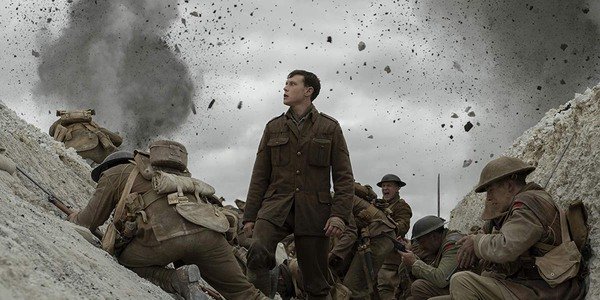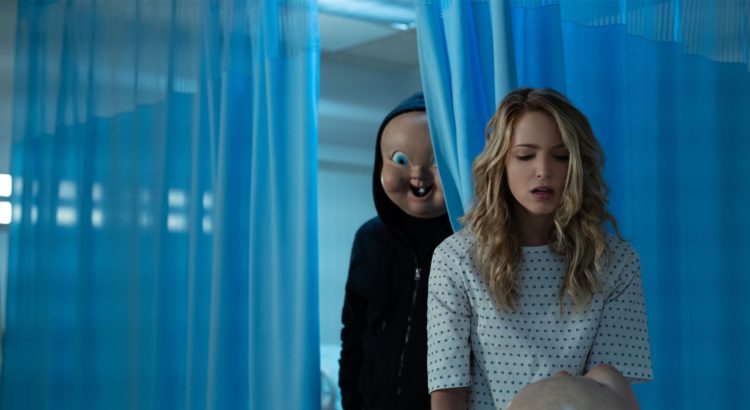After finishing this book, my first horror/thriller novel, I can firmly say that I will never read another one. Not because it was bad, but because Grady Hendrix wrote it so well that I was thoroughly terrified. My palms were sweating profusely while reading certain scenes, and I had to frequently take breaks from reading because the story was so intense. I won’t spoil the plot, but I’m going to explain exactly what made this book so chilling to me–and what made it so good.
The title gives away that the “monster” in the story is a vampire, so I expected a certain level of blood, gore, and other classic vampire-related themes. Hendrix delivered on all of those. What he also incorporated into the horror of this story were psychological spooks and very relevant political issues. Yes, the vampire figure is making children disappear, but what made the vampire figure so scary was that you could replace it with literally any white man (think Ted Bundy, to whom the main character, Patricia, frequently compared the vampire figure) and the entire story would still be intact.
The actual plot started out kind of slow. It was only until a third of the way through the book that the thriller action really started to pick up. The first third of the plot was dedicated to meticulously crafting a world in which the reader’s attention was drawn to all of the problems within it, without explicitly stating them in the text. It laid the groundwork for truly horrific things to take place later on in the story. For this, I applaud Hendrix.
Patricia is made aware of the first child disappearances when she visits the woman who takes care of her mother-in-law, Mrs. Greene. Mrs. Greene lives in a predominantly black neighborhood, where everyone is scared that their child will be the next to disappear. Naturally, anyone would be scared, but Mrs. Greene’s neighbors are particularly distressed because their children are black and the police don’t seem to care. On one of my breaks from the story, I was looking at Goodreads reviews, and someone said that they thought the story was tone-deaf to make the only children targeted by the predator black, and that it was wrong to create a neighborhood of poor black people and have an exclusively rich, white suburb. I feelthat this reviewer missed the entire point of the author drawing our attention to race in the story. Hendrix casually dropped little details regarding race throughout the exposition. It was this attention to detail that made me realize how good of a writer Hendrix is–part of the horror of his novel was the revelation of how black people were treated in the 90s, when the story takes place, and even more scary is that Hendrix allows his readers to recognize that America still has the same issues today. The vampire figure was able to keep using black children as his victims because nobody in a position of power would care. Patricia, who knew what was happening, was able to retreat back into her normal life and ignore the problem because it wasn’t directly affecting her or anyone in her rich white neighborhood. I don’t believe it’s tone-deaf to present race in this way, especially because the book takes place in the South. It’s both important to the plot and the construction of its horror genre.
Like the issue of race, Hendrix weaved other really important and relevant topics into the horror elements of his novel: gaslighting, drug abuse, sexual assault, friendship/betrayal, disease stigma, and MORE. I was impressed with how well Hendrix created his story. I fear that including any more details would spoil the novel, because the details are so integral to the thriller plot. However, one major issue I did have with the book was the ending. It was wrapped up very neatly, with an imaginary “we’re all safe” bow on top. While it calmed me as a (terrified) reader, I don’t think the ending holds the same value as the rest of the book. It almost felt like Hendrix didn’t want to write that ending, but was running out of time, so he wrote down the words he thought would please his readers rather than continuing to rattle them to their core. Overall, I encourage anyone and everyone to read The Southern Book Club’s Guide to Slaying Vampires, even if they don’t typically reach for horror/thriller novels. It’s written *that* well.








